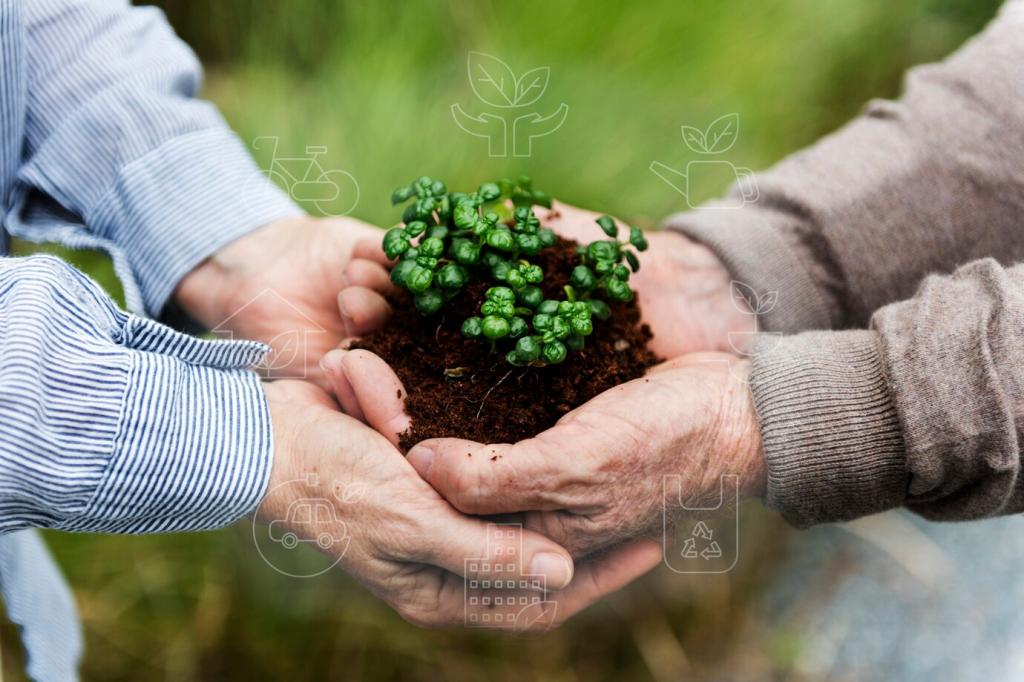Start with the Why: The Impact of Materials
Instead of chasing trendy tags, look at the entire lifecycle of materials—from raw resource to manufacturing, transport, use, and end-of-life. This broader view reveals hidden emissions, durability trade-offs, and smarter opportunities to reduce waste.
Start with the Why: The Impact of Materials
Materials fall into different sustainability strengths: rapidly renewable resources like cork and bamboo, recycled-content items like glass tiles, and recyclable metals. Balance these attributes with actual performance in your climate and household needs.





